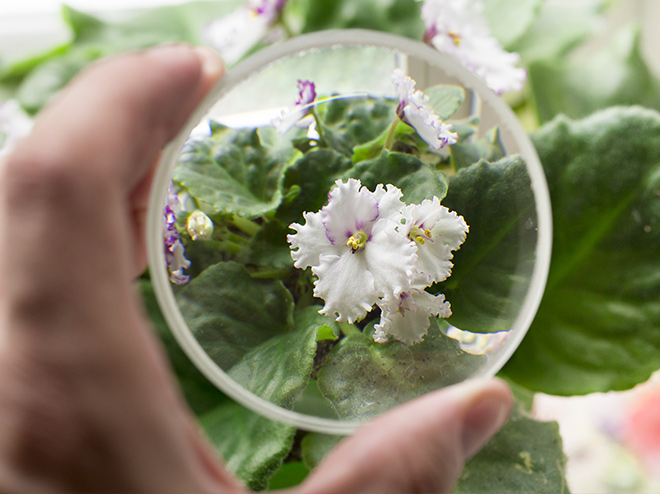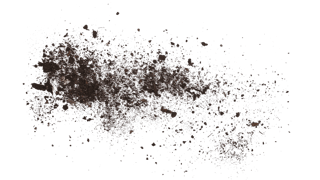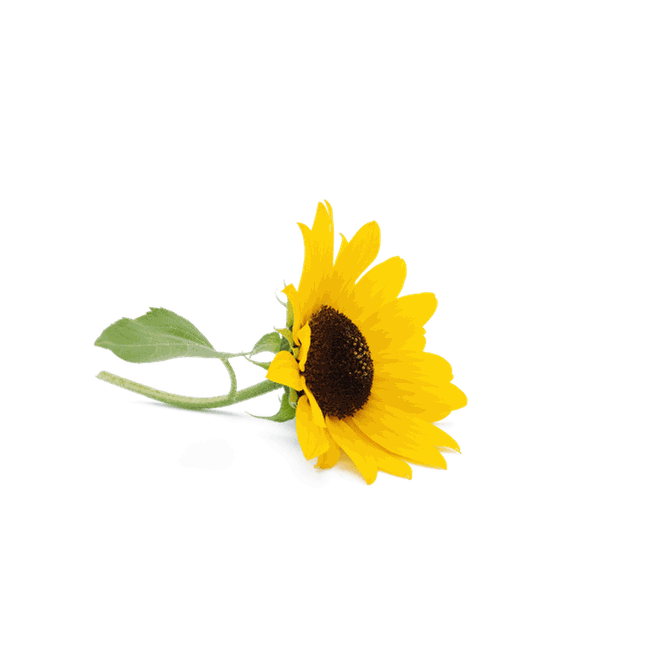FAQ
Our horticultural engineers answer numerous technical questions from amateur gardeners all year round. Many questions come back time and again because their answers are important for work in the garden or on the patio. You can find the most important questions here.
-
What are beneficial nematodes?
Nematodes are very small roundworms that can be found in almost every ecosystem on earth. Some species of these tiny creatures are predatory and can be utilised in horticulture for the control of many soil bourne pests.
-
How do nematodes work?
Nematodes kill larval pests, thereby stopping the damage they cause to plants and lawns. They first enter the pest larvae and inject it with bacteria, causing death. Nematodes will then eat the dead body, multiply, and immediately start searching for a new host. Once their source of food is exhausted the nematodes will themselves die, leaving behind no evidence of them ever being there.
-
How do I identify which product I need?
- Damage to plants in pots with small white grubs in the soil – Vine Weevil larvae
- Damage to the lawn – it can look like malnutrition or in need of over seeding - with small white grubs with pincers in the soil – Chafer Grub
- Damage to the lawn – it can look like malnutrition or in need of over seeding - with brown / black grubs without pincers in the soil - Leatherjacket
-
Do the Neudorff nematodes also work against other pests?
VineWeevilFree Nematodes and ChaferGrubFree Nematodes also work against: Fungus gnats, Cucumber beetle, Bagworm, Gall midge, Repels ant larvae. LeatherjacketFree Nematodes also work against: Wireworm, Caterpillars, Strawberry root weevil, Codling moth, Leaf miners.
-
How long will nematodes take to work?
They can start working immediately but it may take some time for full results to be seen. Nematodes thrive in moist soil at temperatures between 10 and 30 °C, so the longer conditions remain in this range - the more effective they will be.
-
Are nematodes safe to use around children and pets?
Yes, nematodes are child and pet friendly.
-
Do I need to refrigerate Neudorff nematodes?
No, Neudorff nematodes do not need to be refrigerated due to being placed in n a state called ‚cryptobiosis‘ which prevents them from moving or using oxygen. They can remain alive in this state for up to 6 months.
-
How many times do I need to apply the product?
Depending on the level on infestation, once can be sufficient but twice within a season may be necessary. Detailed instructions can be found within each product.
-
What are the optimum weather conditions for the application for nematodes?
Between 10- 30 °C but not during bright sunshine. ldeally apply in the evening or on cloudy/ overcast or rainy days.
-
I have purchased my nematodes, when should I apply them?
Apply early in the morning or dusk when temperatures are cooler and it is not full sun conditions (UV rays kill nematodes!). We advise application on rainy, overcast days for optimal nematode soil penetration. Do not apply in full sunlight!
-
How long do I need to mix / shake / agitate the sachet in water?
Between 1 -3 minutes until the water becomes cloudy / milky, this will indicate the nematodes have diffused out of the bag and are now in solution with the water. Do not over shake as this will cause the sachet to break and the carrier material inside it will then likely block the sprayer / watering can head.
-
What temperature should the water be for mixing?
The water for diffusing the sachet should be tepid. Very cold or very hot water should be avoided. The water coming through the hosepipe, if using a NemaSprayer, is suitable for use straight from an outdoor tap. Water hardness / softness will not affect the efficacy of the nematodes.
-
How do I apply the product in a watering can?
We recommend the VineWeevilFree nematodes are applied via a watering can fitted with a coarse rose (1mm aperture opening minimum) although a NemaSprayer can also be used – please see instructions below. Firstly, in a bucket make a stock solution with 1.5 L of water and 1 x VineWeevilFree sachet. Mix vigorously for 1 - 3 minutes until the water has become cloudy / milky. Immediately take 0.5 L of this solution and add to a 4.5 L watering can and fill with water. Apply this solution to a third of the soil area to be treated. Repeat the process twice more so that all the stock solution has been used and the entire soil area treated. Remove used sachet from the stock solution bucket and dispose of either in the compost heap or in household waste.
-
How do I apply the product in a NemaSprayer?
We recommend the LawnGrubFree and LeatherjacketFree products are applied via a NemaSprayer for ease of complete lawn coverage. To apply across an area of 100 m² fill the NemaSprayer to the 70 L mark and drop in 2 x LawnGrubFree / LeatherJacketFree sachets. Seal the sprayer securely and shake for 1 - 3 minutes until the water has become cloudy / milky. Attach the sprayer to your hose and switch on tap, turning the water lever on the NemaSprayer to ‘ON’. Water lawn with the solution until the NemaSprayer liquid chamber is empty. Remove used sachet from the NemaSprayer and dispose of either in the compost heap or in household waste. For the application of the VineWeevilFree product simply follow the above steps but only fill the NemaSprayer to the 30 L mark.
-
Should the soil be moist before and after the nematode application?
The soil should be moist at time of application and lightly watered immediately after application. After application, regular watering of the treated area will provide sufficient moisture. Keep treated area moist for at least 3 days after application. In hot conditions, keep treated area moist for 7 days.
-
The sachet has not dissolved / the sachet is still inside the sprayer and the nematodes are still in the sachet?
The sachet will not dissolve at all, it works like a tea bag with the nematodes ‘diffusing’ out of the sachet when mixed in water. When the water turns milky / cloudy the nematodes have diffused out of the sachet, the gel-like carrier material contained within the sachets does not dissolve – this is simply the carrier for the nematodes and not the nematodes themselves. Nematodes are microscopic so you will not see them in the water or the sachet – even though there are between 5 and 10 million of them per sachet! (product dependent).
-
ls it normal for residue to be left in the sprayer and what should I do with it?
Yes it is, this residue should be removed after application is complete and disposed of as household waste.
These topics might as well be interesting for you

Natural Garden Advice

Garden Calendar

Plant Doctor
Find out more



